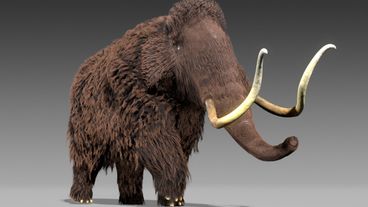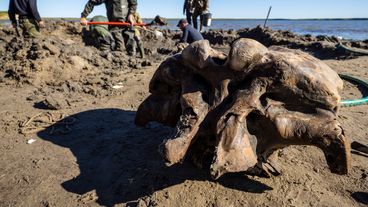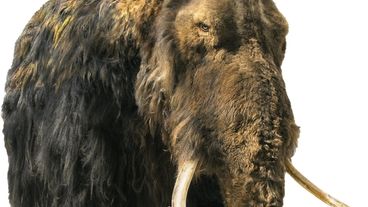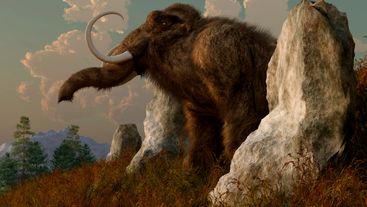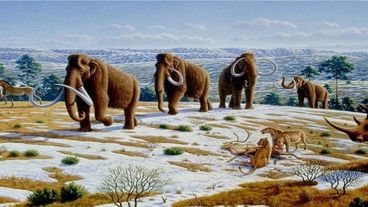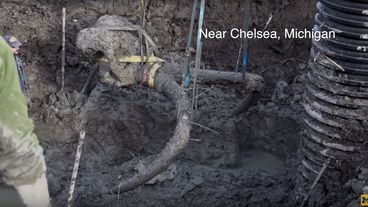woolly mammoth
The discovery, described as "significant," likely dates to over 30,000 years ago.
Researchers said the carcass has all internal organs in place -- even its nose.
Since the discovery, scientists have recovered part of the animal’s skull, the lower jaw, several ribs, and a foot fragment with sinews still intact.
The plan is to create a woolly mammoth-elephant hybrid.
WHAT'S HAPPENING
The bones date back 10,000 years, to the end of the last Ice Age.
The animals could play a key role in slowing climate change.
The extinct creature is believed to have roamed the Earth between 10,000 and 15,000 years ago.












